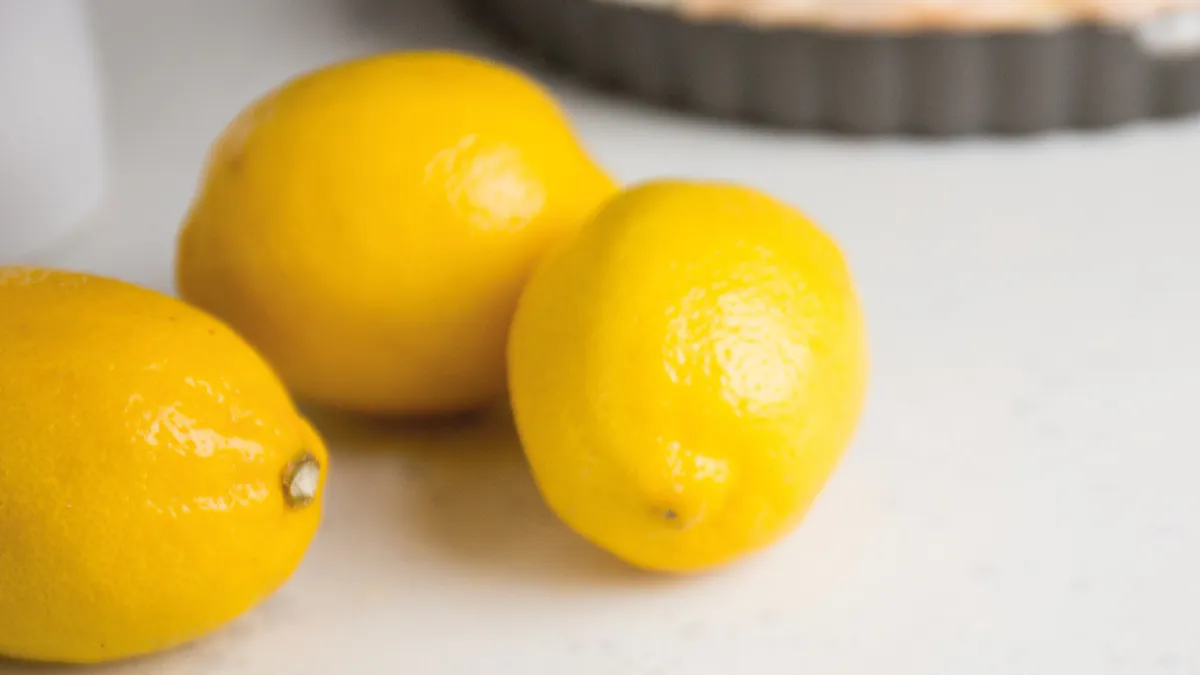This is a sponsored article, brought to you in association with Liv Cycling.
Part of the appeal of cycling is being able to explore your surroundings, find new territories and enjoy the experience of being out and about in the fresh air. If you plan to ride longer distances over 1–1½ hours in duration, then nutrition on the bike will become essential.
- Best women's road bikes of 2018: 9 of the best
- 7 essential road cycling skills
- Liv: dedicated to women's cycling
Liv’s network of ambassadors all have their own relationship with nutrition. For some it’s their whole career, while others have learned their lessons and paid the price for not doing it correctly. With input from them, here are the top three reasons it’s crucial to pay attention to your nutrition and learn from their experiences and mistakes.
Fuel your long rides
Alice Thomas, keen triathlete, personal trainer and Liv ambassador, understands the importance of fuelling for her longer training efforts. “Think of your body as an engine," Thomas advises. "If you don't put petrol in the car, it will run out of gas. If you don't put food in (fuel) during your workout your body won't work properly.”
How do you find what to eat while riding? Unfortunately there’s no hard or fast rule and it’s entirely down to personal preference.
Emily Young, Liv ambassador and self-confessed foodie, says that "you have to find out what works for you best, because it’s not the same for us all! Some people love gels and carb drinks, some people love a good old jam sandwich… I’ve even heard some people like to bring pork pies!”
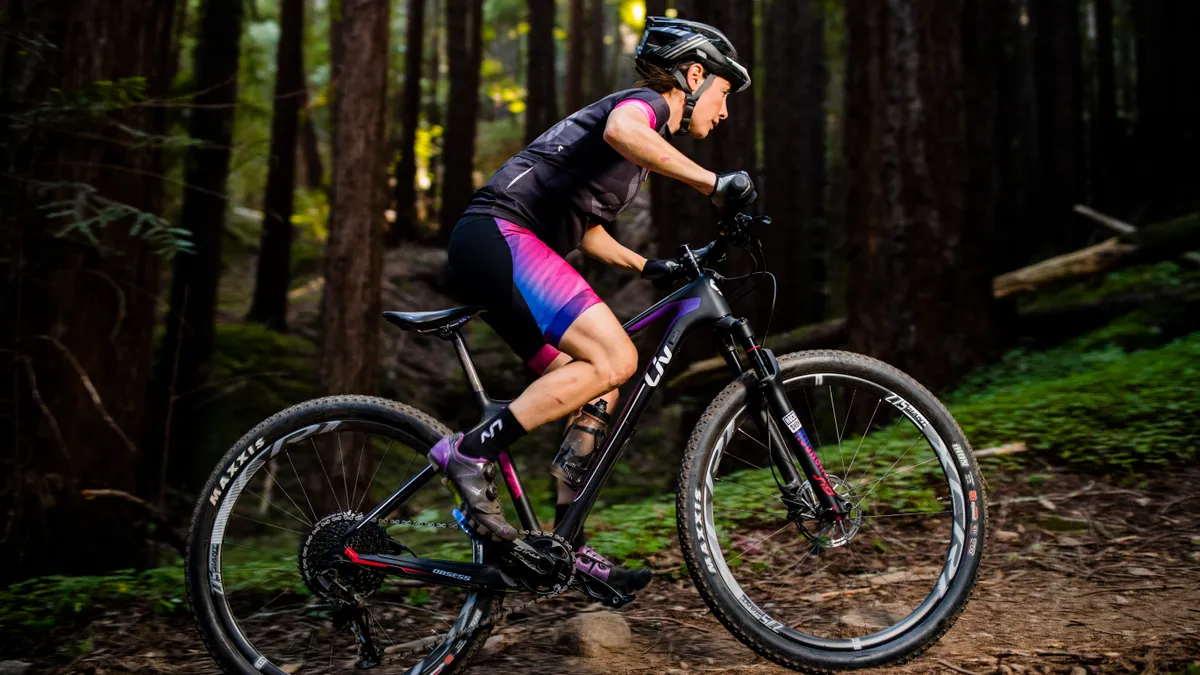
Energy gels are a popular choice because they are easy to consume on the go, but they don’t agree with everybody, as Thomas knows from experience. “I make peanut butter and jam sandwiches and cut into squares. I'd personally advise to eat normal food on the bike because too many gels upset my tummy”.
Young has a similar approach, but starts to incorporate gels later into a ride. “I generally have a mixture of bananas, malt loaf or energy bars for the first ¾ of a long ride and finish with gels as the carbs are simpler and easier to digest," she says.
Fuelling is a process that should be adopted throughout each day, not just limited to on the bike. “I would always recommend a complex carbohydrate to be the bulk of it, good old-fashioned oats." continues Young. "I would then recommend adding a fat source to slow down the release of carbohydrates so you’re energised for longer — nuts, nut butter or coconut oil are great options.”
By starting your day right, you’ll be in a much better position to ride for longer durations.
Prevent bonking
One of the more common phrases you might have come across is the term “to bonk” or “hit the wall”. This is simply where there’s no energy left in the body to continue because the glycogen stores in the muscles and liver have completely gone.
It’s a horrible feeling for any rider: lethargy, lacking energy, sleepy, feeling slightly confused with jelly legs, reduced power and a higher heart rate are all common symptoms.
It can be dangerous too, especially if it occurs quite a distance from home without any way of replenishing, so it’s wise to carry a backup energy source just in case.
Luckily, bonking can be easily prevented by taking on board energy throughout a ride. The common advice is small and frequent quantities after 60 minutes of riding, which seems to work for Liv’s ambassadors.
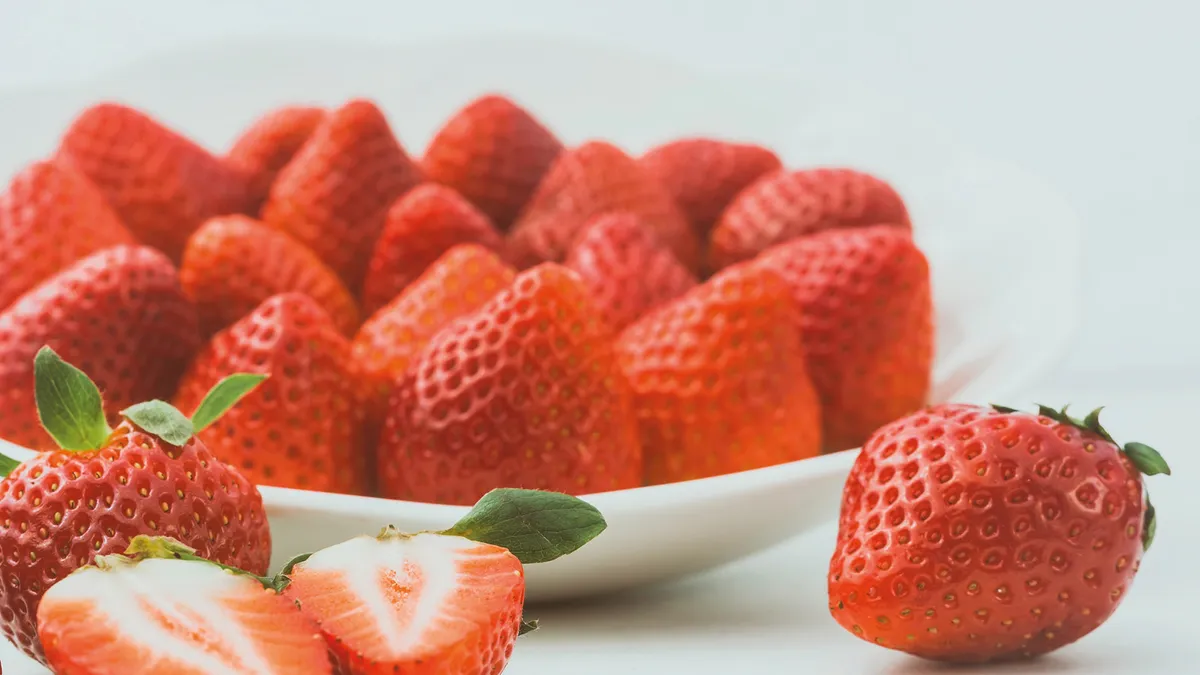
Gemma Sampson, a sports dietitian and Liv ambassador, says: “Exactly how many carbs you need will depend on how long or how hard you are riding, as well as how trained you are. Short rides under an hour, you typically don’t need to eat for. Make a note to start eating early and often, every 20 or 30 minutes rather than forgetting to eat or drink until it’s too late.”
How much to eat can be easily worked out, and Thomas has an easy formula to remember: “On the bike I have 1g carbohydrate for every kg of weight I am. So I weigh roughly 58kg so I eat 58g of carb per hour (or half of this every 30 minutes).”
This approach has helped Thomas complete multiple triathlons, plus qualify to represent Great Britain in Aquabike (swim-bike-swim), so it has paid dividends to her overall performance.
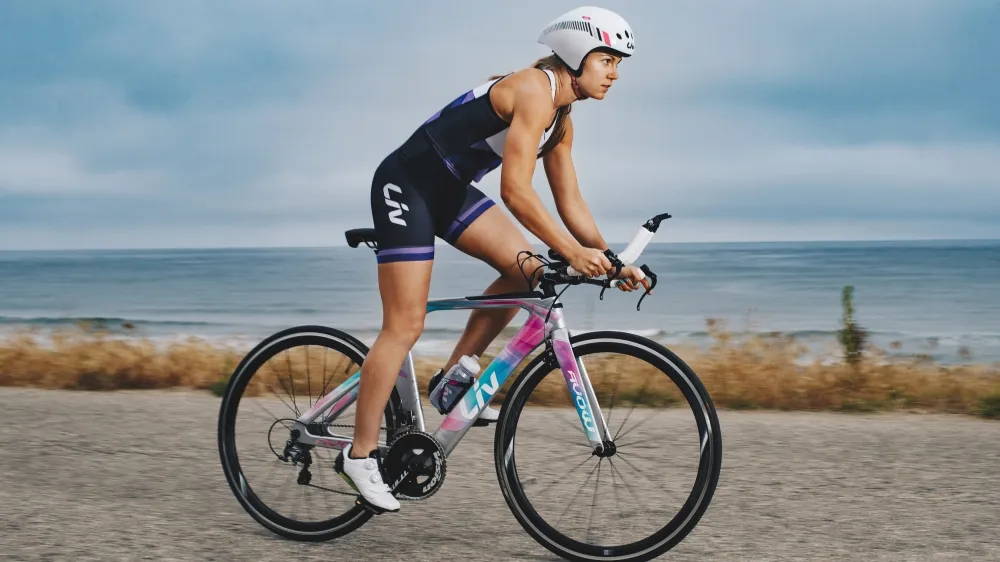
While not technically bonking, ignoring hydration intake during a ride can have disastrous consequences too. Young suggests re-hydrating with electrolytes, not just water. “I learnt the hard way!" she says, having suffered severe cramping on the bike at Ironman Bolton 2017. "I now always train with electrolyte tablets. It helps that they make them in delicious flavours!”
Bonking is an extremely preventable part of cycling and it’s something that you shouldn’t ever experience as long as you are careful.
Liv recommends going into each long ride with a fuelling plan sorted beforehand, adequate supplies for the whole duration of the ride and emergency back up just in case something goes wrong — some jelly beans or jelly babies can make all the difference.
Recovery
Finishing a long ride can be challenging on your body, especially if it’s a distance you haven’t conquered before. In order to progress your riding week in week out, you’ll need to adequately recover after each ride.
Nutrition also plays a big role in this process, with most advice recommending replenishing within 30 minutes of finishing a ride.
Thomas sticks to this mantra and suggests focussing on protein intake to rebuild the muscles quicker. "After I finish my training session, I grab a protein shake as it’s a high concentrate of protein which is easy to consume on the go, which is especially handy if I have to fit in a ride during a busy day.”
The amount of nutrition you consume in the recovery process depends entirely on how hard the effort was, the duration of the ride and the external conditions. A long, hot ride at a high intensity will require more intake than a short recovery ride in cooler temperatures because there will be less stress placed on the body, so recovery fuel will need to be adjusted accordingly.
The body can only absorb around 25–35g of protein in one sitting however, so don’t go overboard with the intake because it’ll just go to waste.
Recovery isn’t just limited to food either, and Thomas suggests drinking an electrolyte drink to replace your body with salts and minerals that will be lost in your sweat. This is especially important during a long hot ride in the summer months.
Keeping your body fluids topped up will help speed up the recovery process and keep you feeling sharper after each ride, giving you a better chance of achieving your goals.
It’s personal
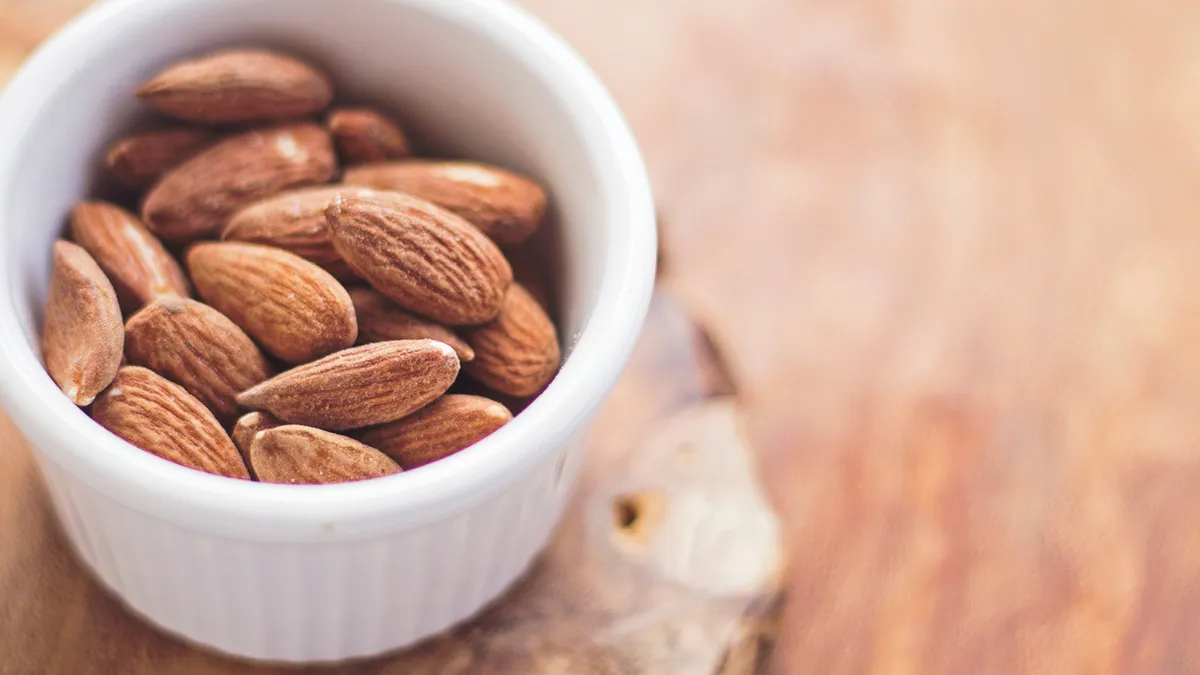
Liv can offer lots of advice, but it's worth noting that learning how to fuel correctly is entirely personal. What works for one rider might not work for you. It’s a constant learning process and the key to getting it right is making adjustments if it’s not working.
This is even more important if cycling has led to weight loss, because suggested intakes are dependent on body weight, so what worked for you at the start of your cycling journey might not work a year or two down the line.
As long as you have fun with your food, listen to your body and try to maintain a healthy balanced diet, then you should have no problem with fuelling for a ride.
3 tasty recipes for pre-ride, during and post-ride nutrition
These tasty recipes have been created by Liv ambassaor Gemma Sampson.
Bircher Muesli
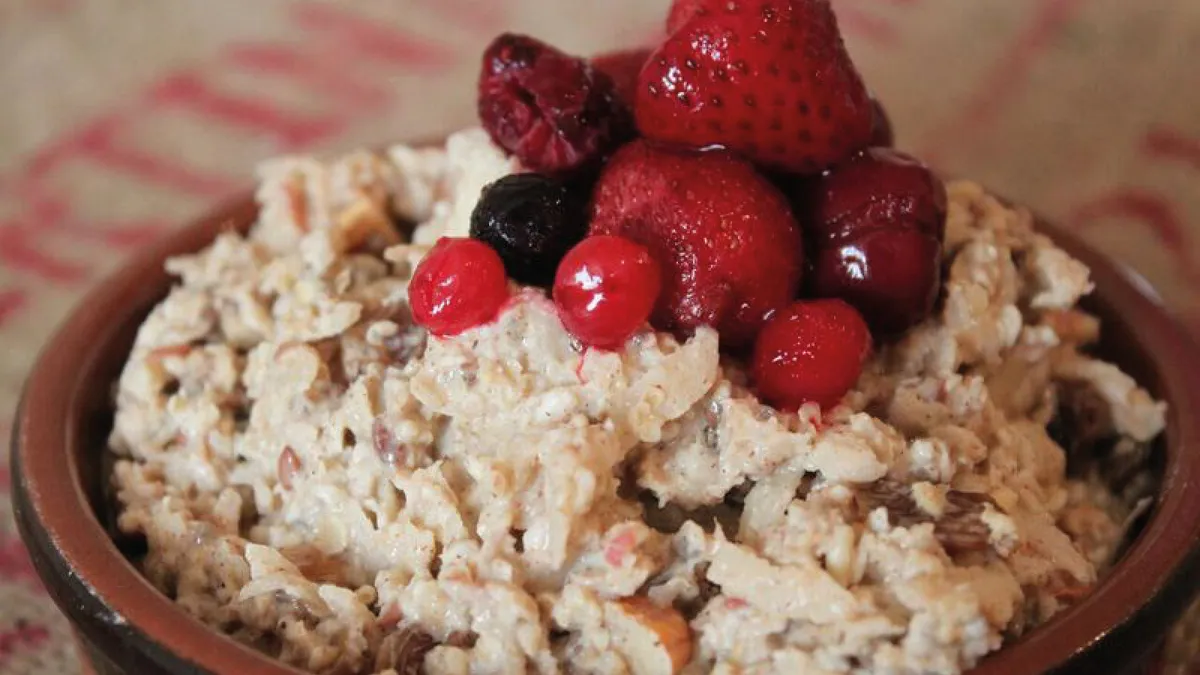
An easy summer breakfast, these naturally sweet overnight oats will keep you going all morning.
- Prep time: 5 mins
- Total time: 5 mins
Ingredients
- 1/2 cup rolled oats
- 1/2 tsp cinnamon
- 175ml milk, cows/soy/nut milk
- 1 apple with peel, cored and grated
- 1 handful of sultanas and almonds
Method
- Mix all ingredients together into a bowl/ jar/ container of your choice
- Leave to soak overnight in the fridge
- In the morning, eat as it is or top with additional fresh fruit, yoghurt, nuts, seeds etc.
Lemon Bliss Bites
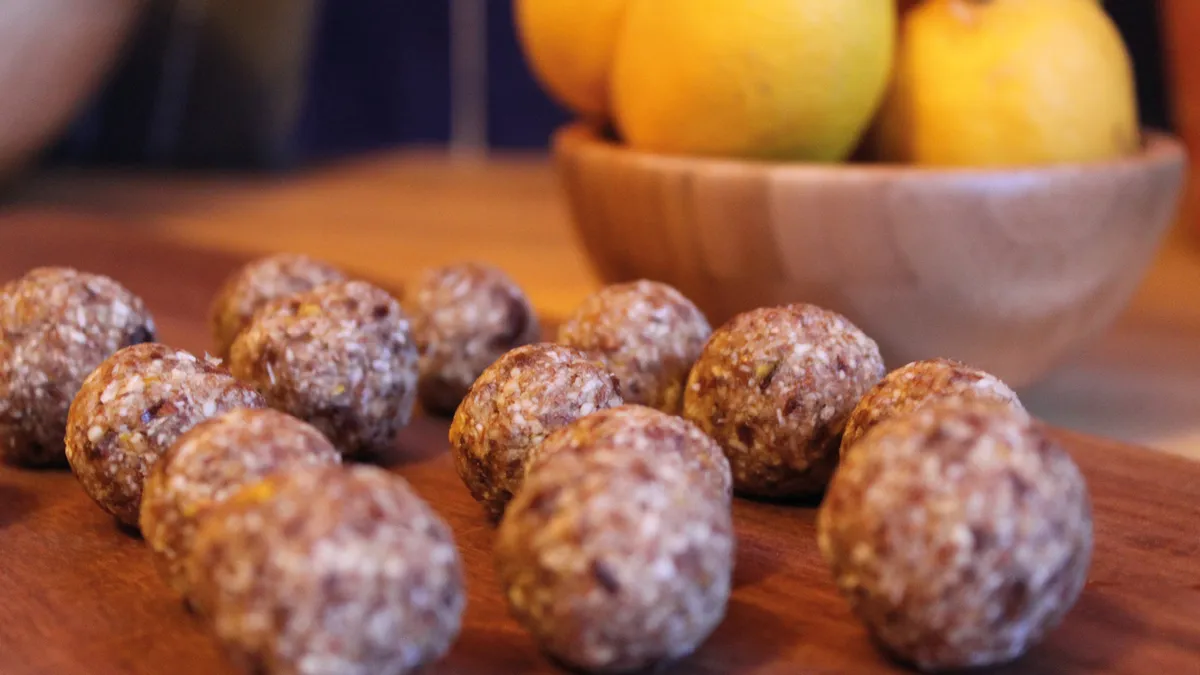
These four-ingredient zesty bites are the perfect energy kick when you’re out on the bike.
- Prep time: 5 mins
- Total time: 5 mins
Ingredients
- ⅓ cup almonds
- 3 tbsp desiccated coconut
- ½ cup dates, stones removed
- 1 lemon, zest and juice
Method
- In a food processor, process the almonds until they have a breadcrumb consistency
- Add the coconut, dates, lemon zest and lemon juice and blitz until well combined
- Roll into balls, enjoy straight away or store in an airtight container in the fridge
Strawberry Protein Shake
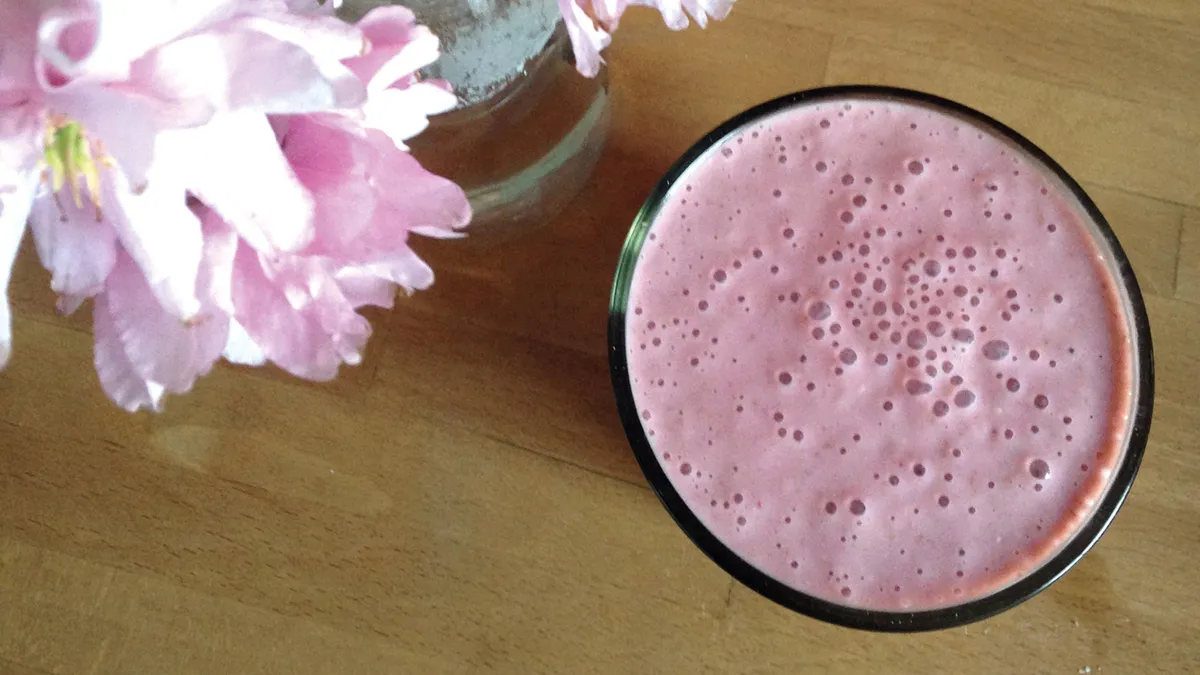
This low carbohydrate and slow releasing protein shake is the perfect bedtime recovery snack.
- Prep time: 5 mins
- Total time: 5 mins
Ingredients
- 150g 0% fat cottage cheese
- 125ml skimmed milk
- ½ tsp vanilla essence
- 6 frozen strawberries
Method
- Combine the cottage cheese, milk and vanilla essence in a blender and blitz smooth
- Add the frozen strawberries and blend well
- Drink immediately for a thick shake consistency
All of the personal experiences and advice in this article was supplied by Liv’s network of ambassadors in the UK. Find out more about the Liv ambassadors and see delicious recipes as supplied by the ambassadors.
